How to select the oilless bearing?
How to select the oilless bearing?
Oilless bearing, the oilless bushing is needed to be used frequently in some specific equipment. Today, I will take you to understand the selection principle of Oilless bearing and let everyone know whether they need oilless copper sleeves according to their own circumstances.
1. Environmental conditions.
When the bearing is exposed to moisture, corrosive gas, low temperature, dust, and strong radiation, the lubricant is easily contaminated and deteriorated.
At this time, lubricants that are resistant to water, abrasion, corrosion, cold, and radiation should be selected. In water splashes, emulsified sprays, humid air, or places with severe dust and dust, lubricating oil should not be used, but grease should be used.
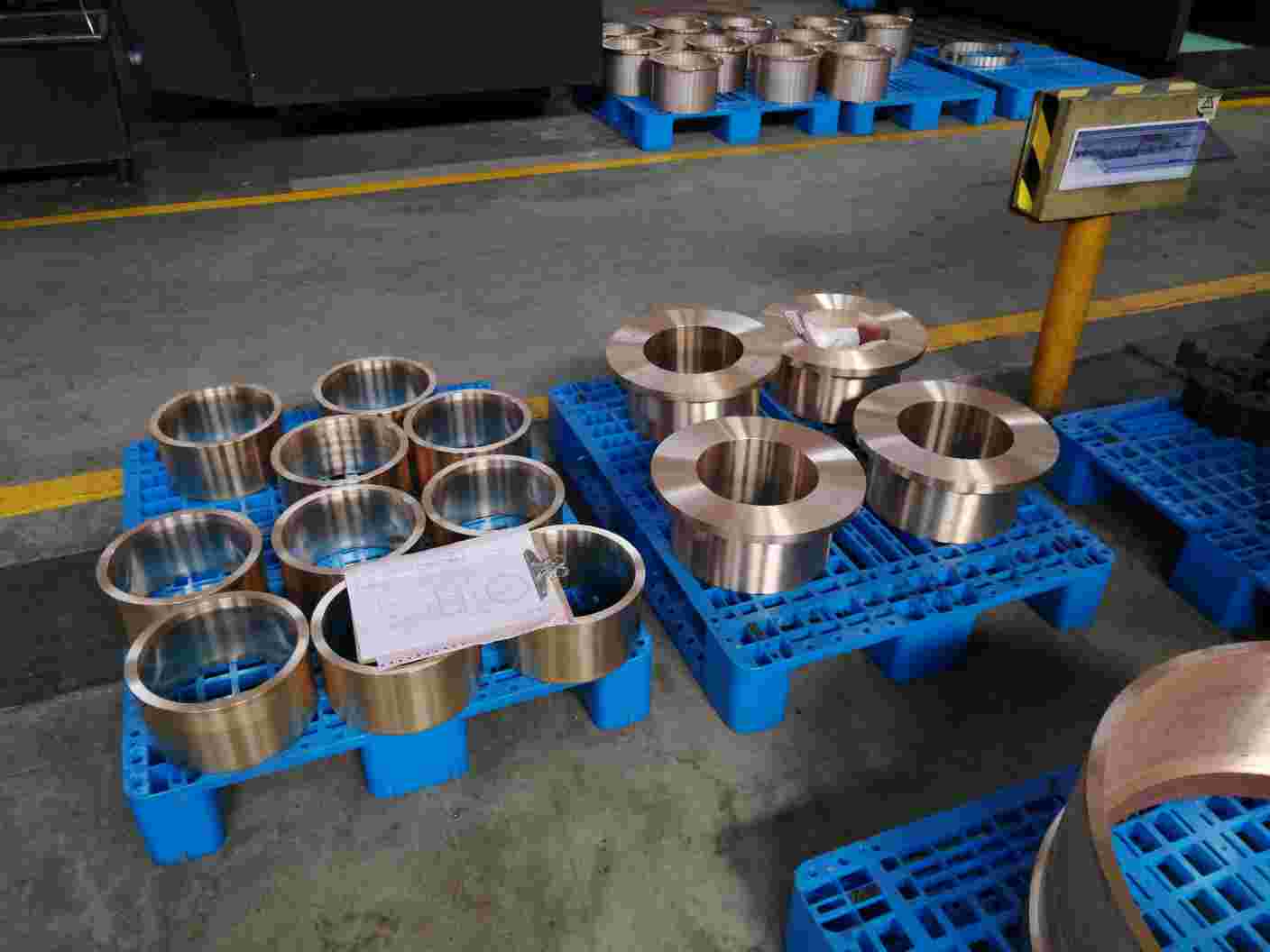
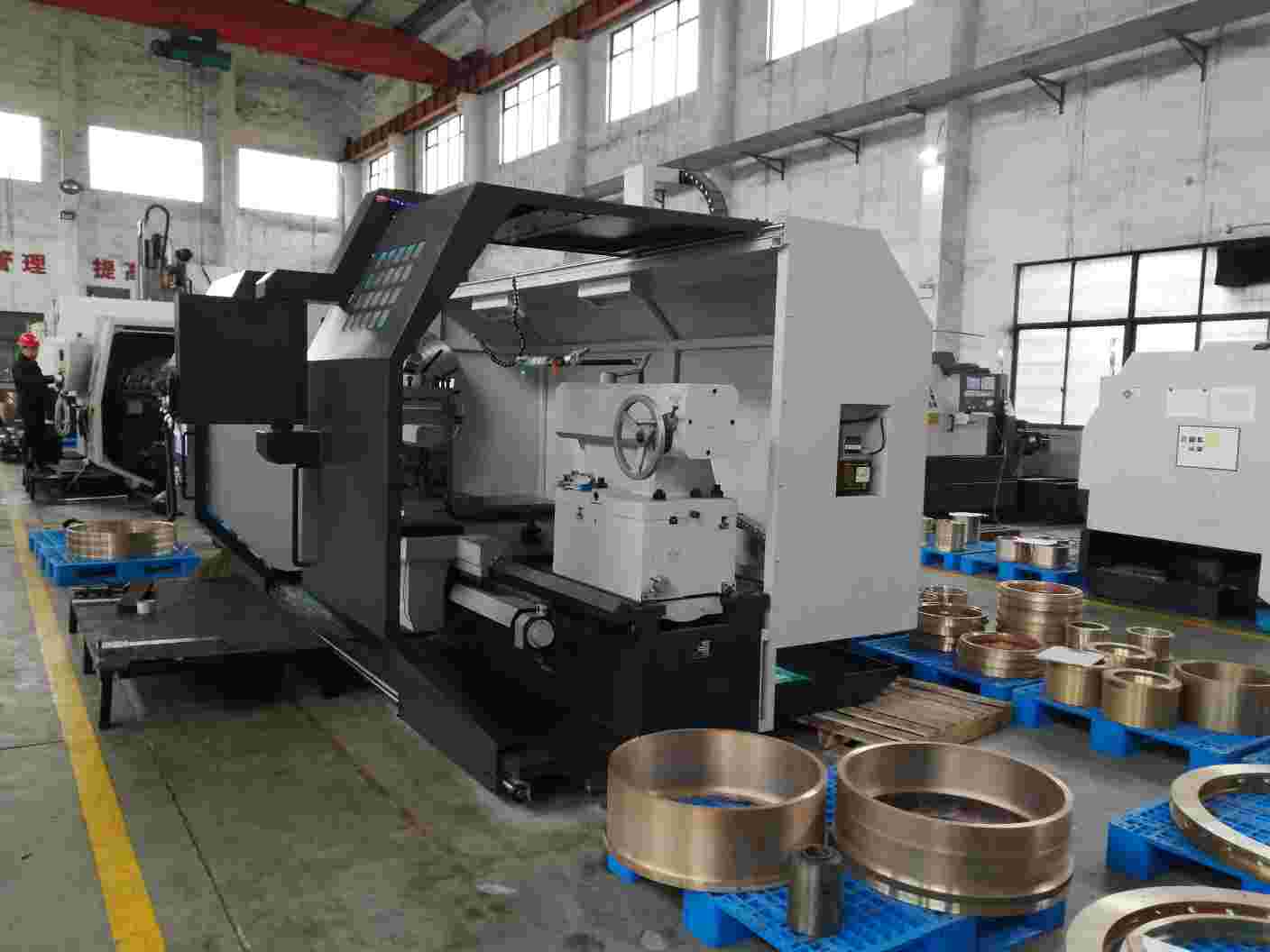
2. Bearing accuracy.
The friction surface of the bearing is very rough and is usually suitable for high-viscosity lubricants. In order to withstand the local pressure caused by poor contact, the high-precision friction surface should use a low-viscosity lubricant to reduce friction. Unnecessarily small energy loss and temperature rise.
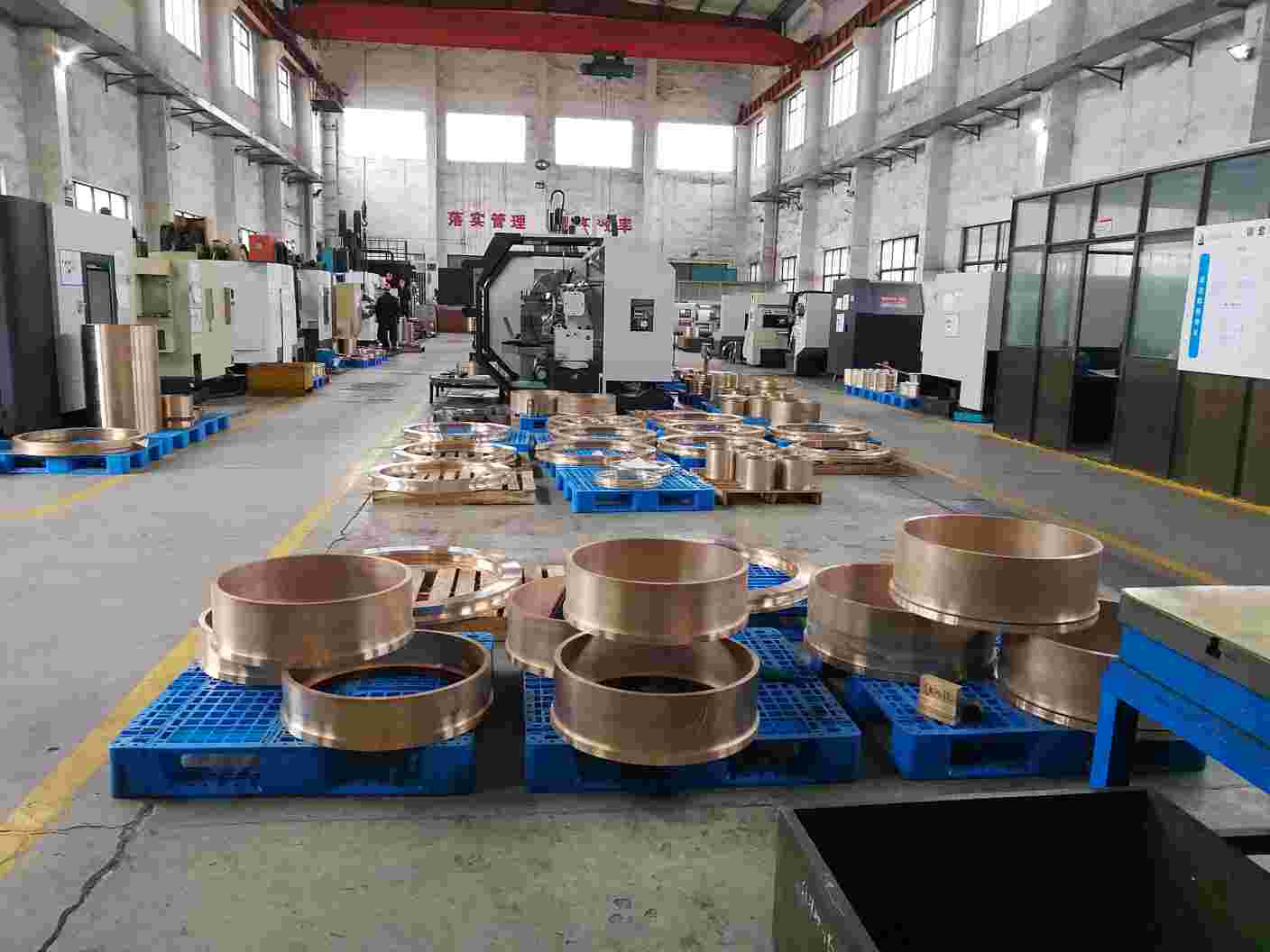
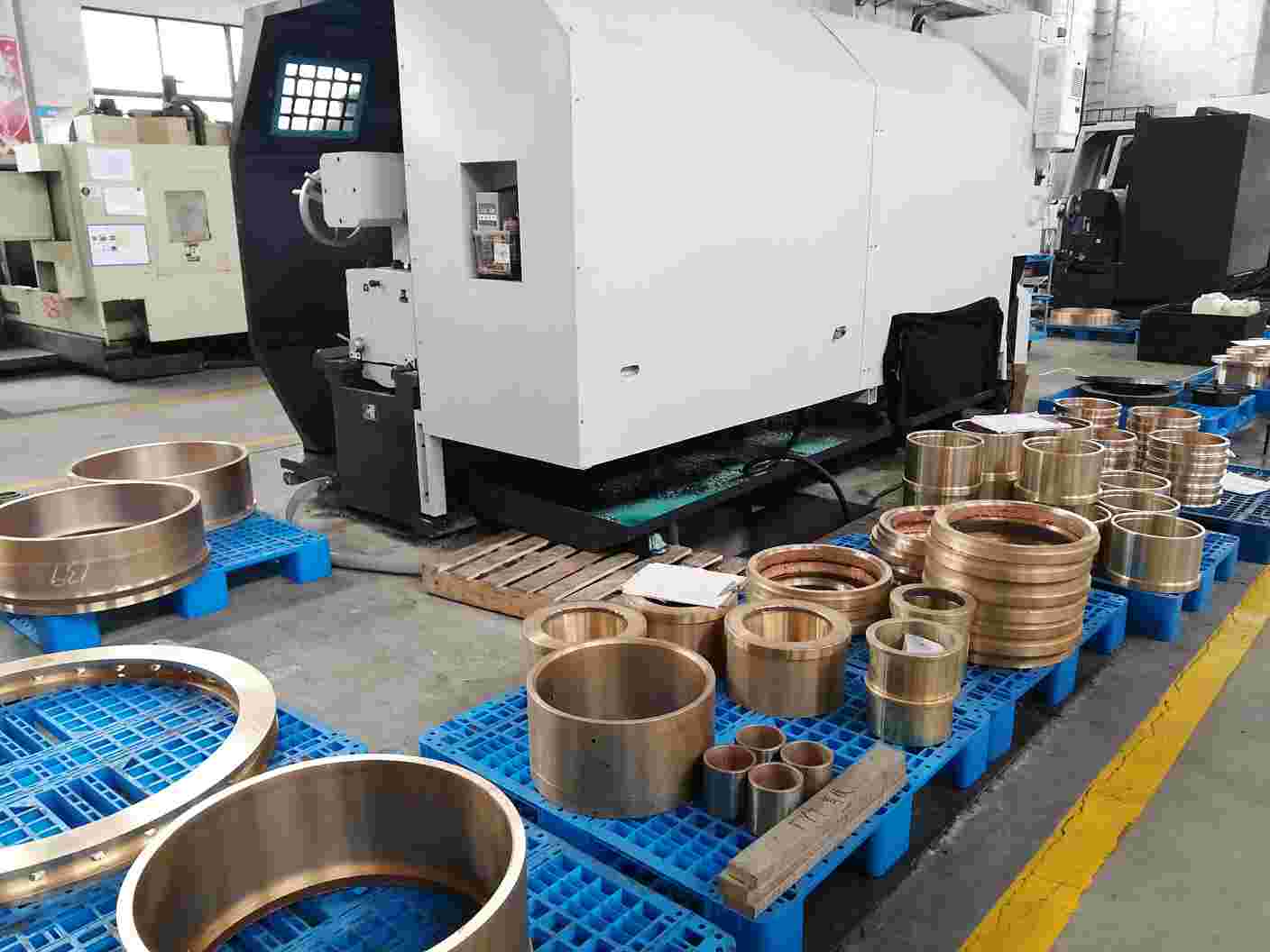
3. Working temperature.
The working temperature affects the viscosity and lubrication effect of the lubricant. Therefore, when the working temperature is low, a lubricant with a lower viscosity should be selected. When the working temperature is high, high viscosity or suitable additives should be selected.
At higher levels, solid lubricants can usually be considered. Depending on the ambient temperature, the viscosity of the selected lubricant should also be changed. If the lubricating bearings are the same, in winter, lubricating oil with a lower viscosity than that in southern or summer should be used.
When the working temperature changes frequently, the temperature characteristics of the lubricant with good viscosity must also be selected, that is, in order to improve the stability of the oil film thickness, the viscosity of the lubricant will not change when the working temperature is increased or decreased. Within a certain range.
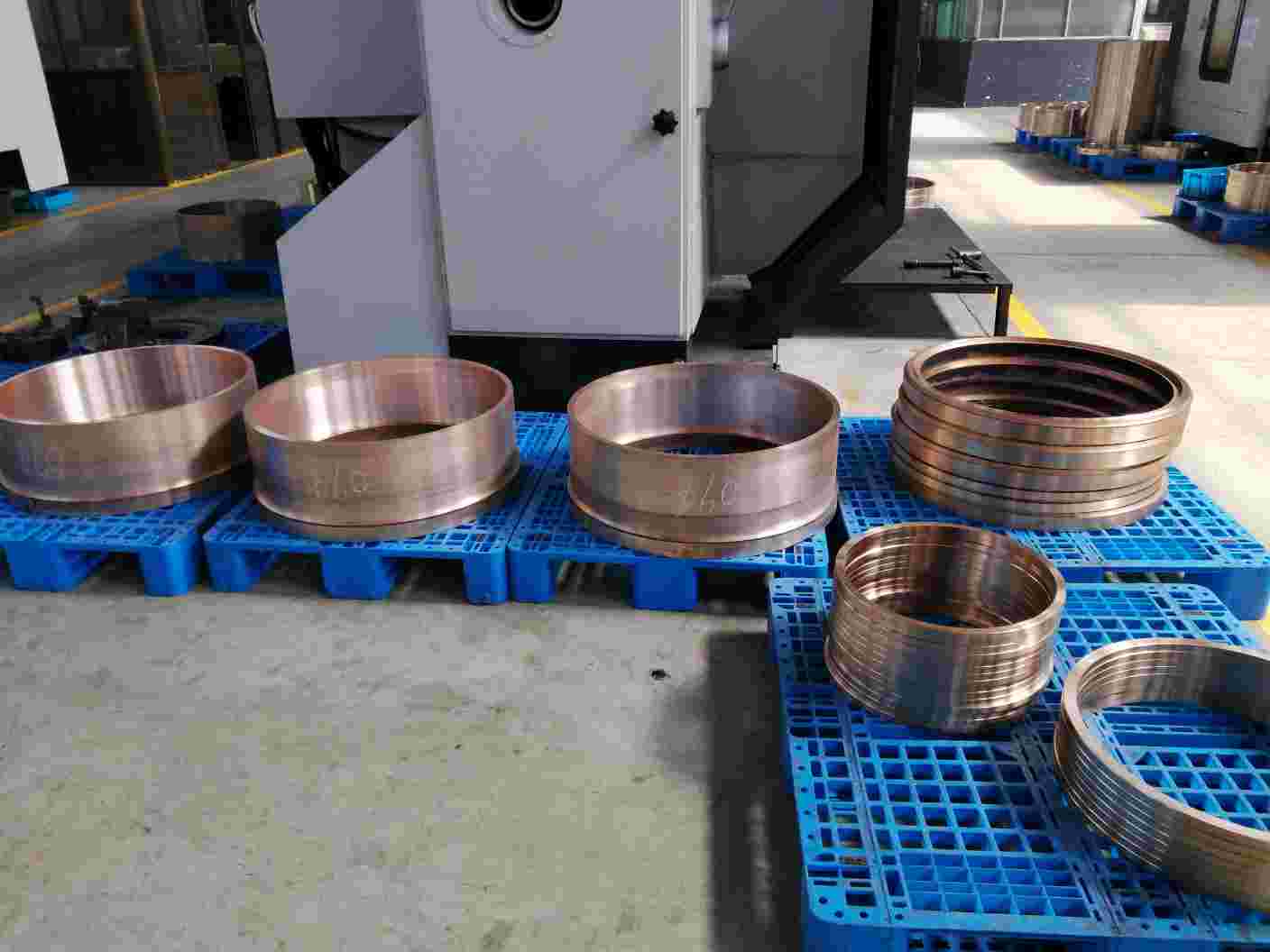
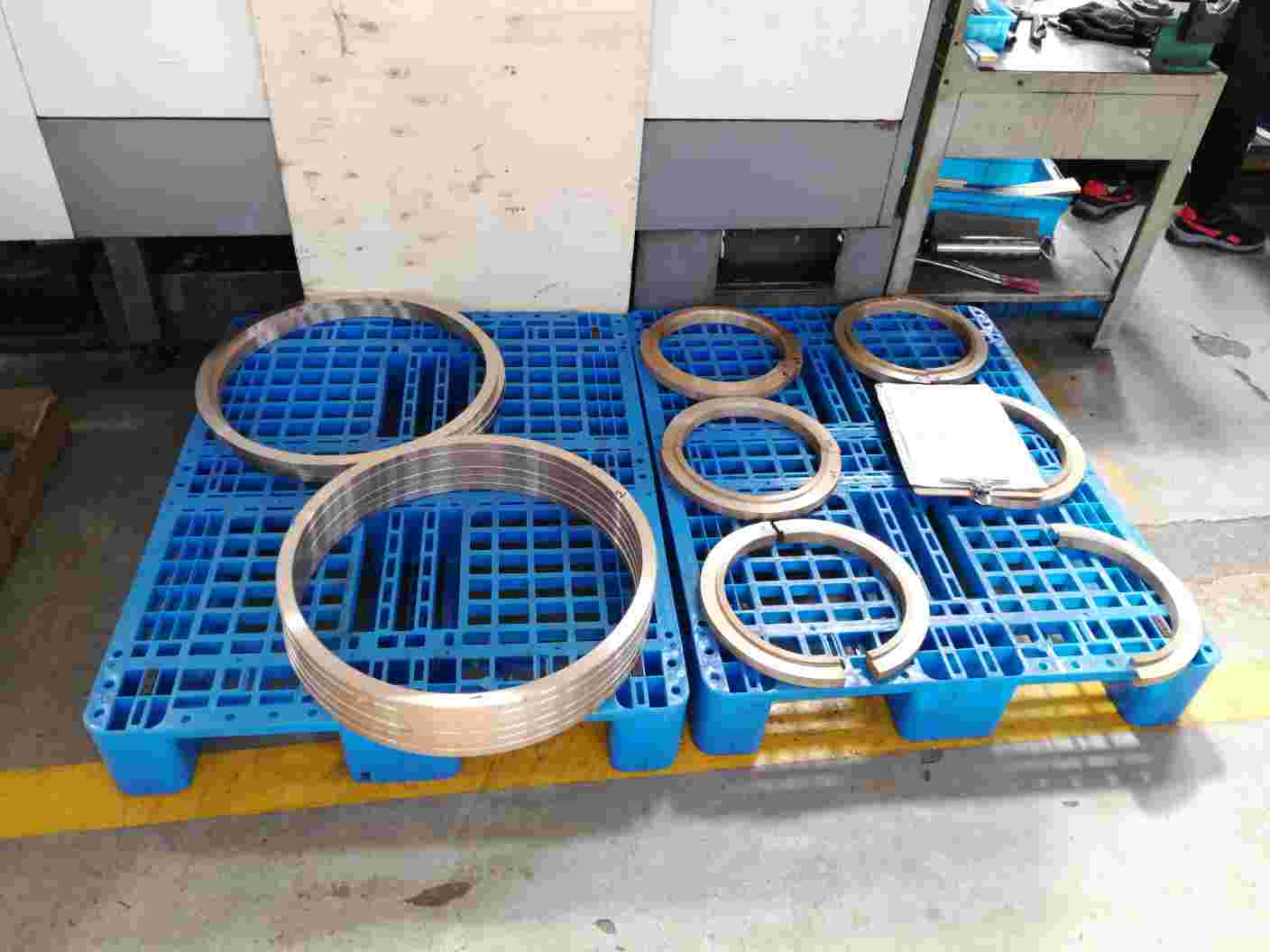
4. Movement speed.
The higher the speed, the lower the viscosity of the lubricant should be used to avoid increasing movement resistance and generating heat. Too much; on the contrary, at low speeds, a lubricant with a higher viscosity should be used to increase the carrying capacity.
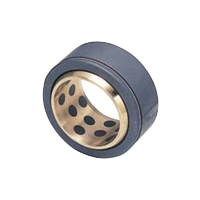
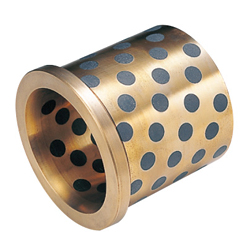
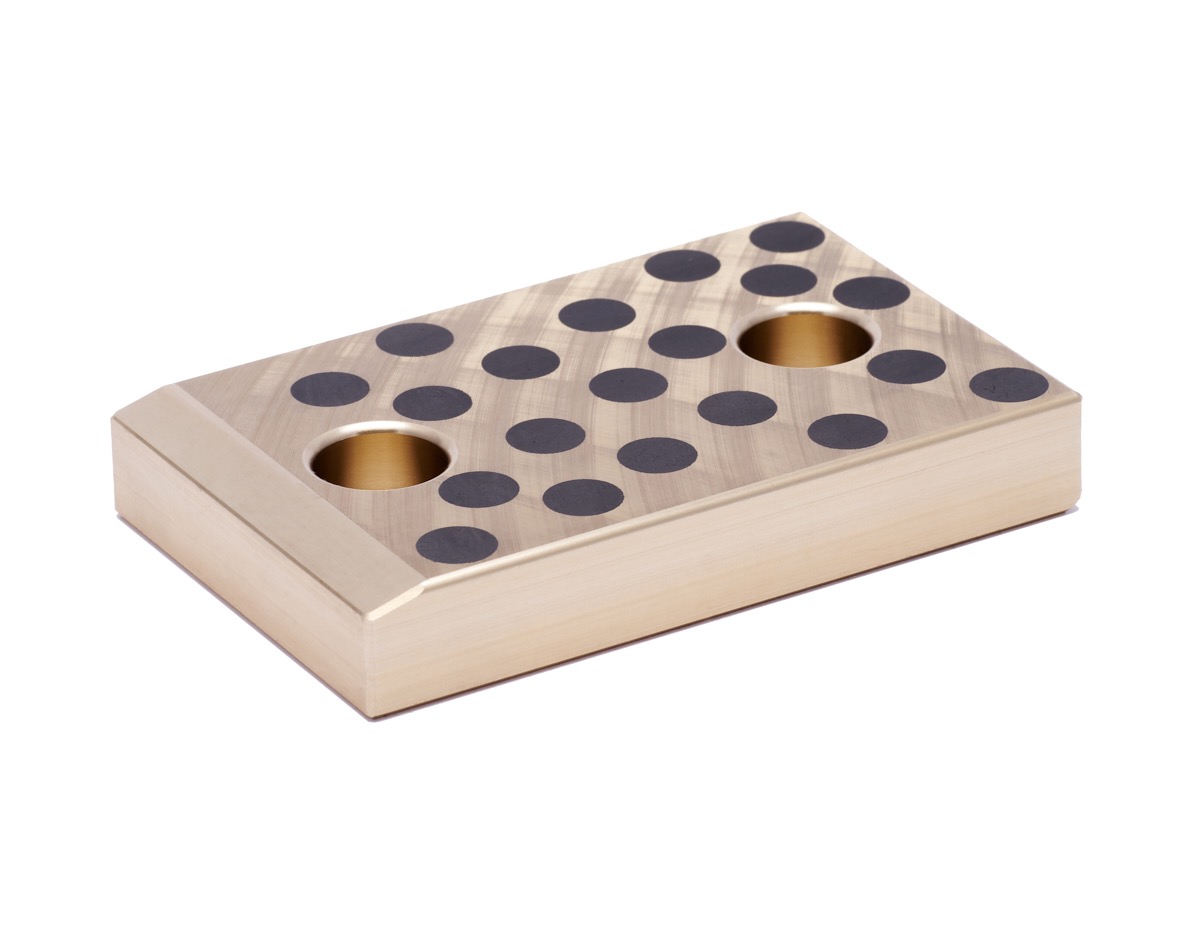
5. Movement nature.
There are shocks, vibrations, constant load changes, speed changes and starting. Stopping, frequent reversal and reciprocating or intermittent movement are not conducive to the formation of oil film.
A lubricant with a higher viscosity should be used. In order to ensure reliable lubrication, it is sometimes even preferable to use grease or even solid lubricants.
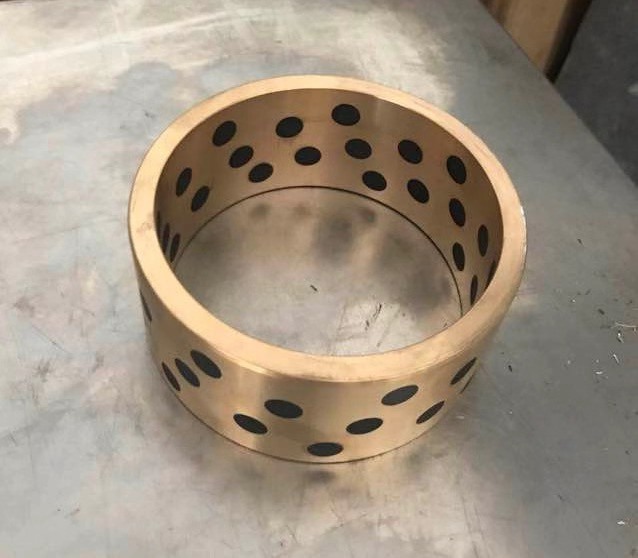
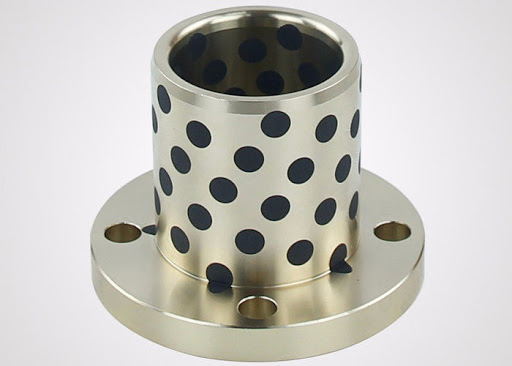
6. Workload.
The greater the load that the rolling bearing bears, the higher the viscosity of the lubricating oil should be, and the lubricating oil should have better lubricating oil and ultimate pressure to avoid squeezing the lubricating oil from the friction pair or directly making metal.
Structural features. The smaller the radial clearance of the rolling bearing, the higher the machining accuracy of the friction surface, and the lower the viscosity of the lubricant.
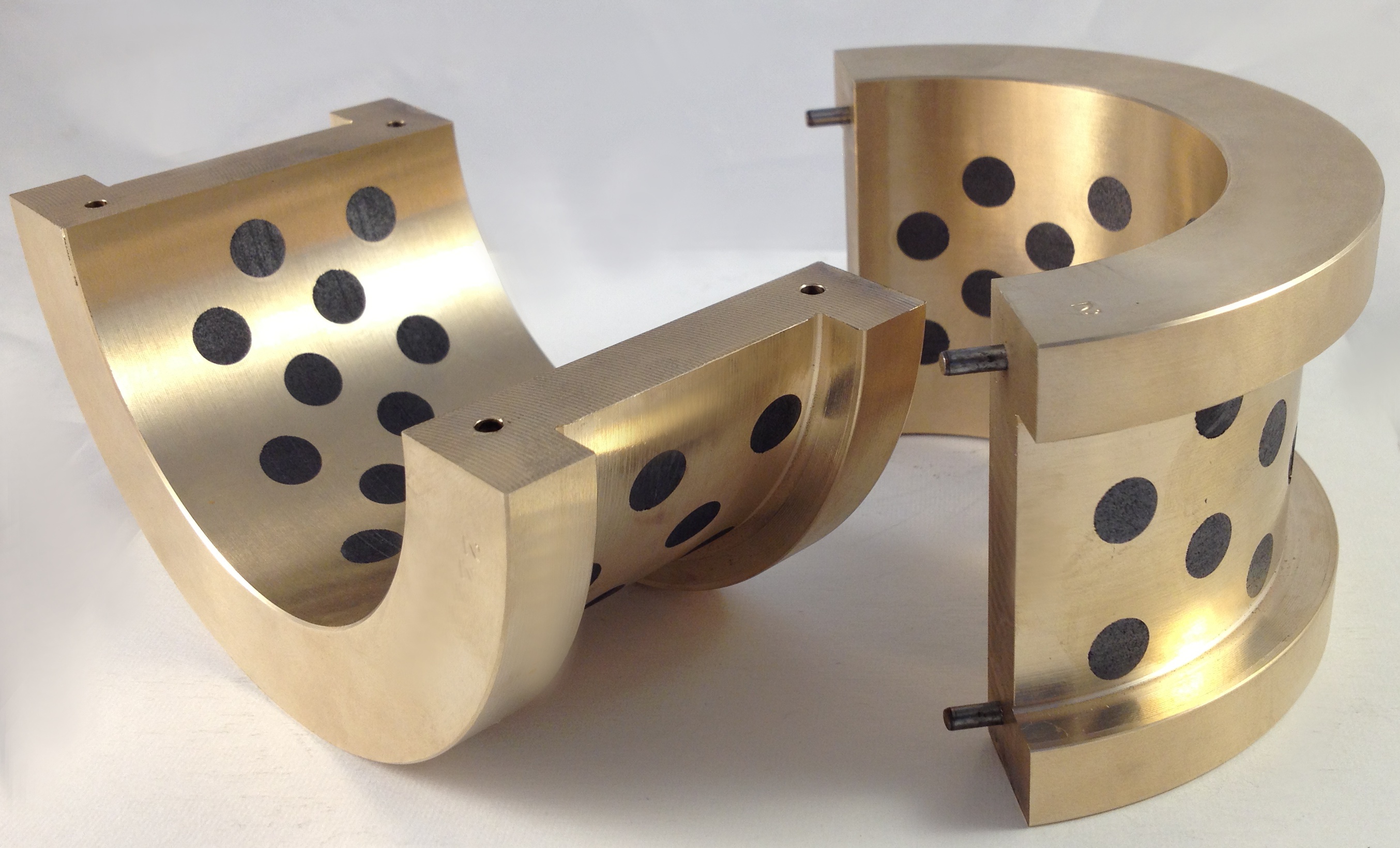

7. Bearing hardness.
The hardness of the friction surface of the bearing is low, so a high-viscosity lubricant should be used and the amount of oil should be sufficient; otherwise, the viscosity of the lubricant can be reduced.
Pipe up with your ideas to our bearing specialist. Contact now!

